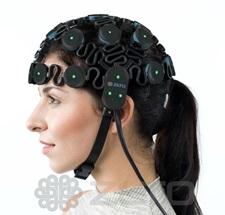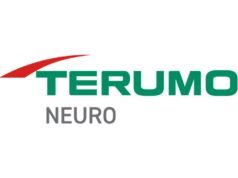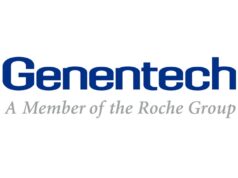
Zeto has announced that its innovative, next-generation brain monitoring product, named the ONE, has received 510(k) clearance from the US Food and Drug Administration (FDA).
“Zeto ONE is a breakthrough EEG [electroencephalography] system, revolutionising many aspects of emergency EEG acquisition,” said Susan Herman (Barrow Neurological Institute, Phoenix, USA). “We know that up to 40% of brain injured emergency department and intensive care patients may experience seizures, which are often subclinical and require EEG for diagnosis. ONE fills a gap for hospitals that lack EEG resources—providing streamlined point-of care application of full 10–20 electrodes, video and audio recording, AI [artificial intelligence] triage tools, and efficient connectivity to the interpreting neurologist. This enhanced workflow ensures that EEGs have high technical quality and accurate interpretations in our most critically ill patients.”
ONE consists of a user-friendly headset equipped with 21 soft-tip electrodes positioned according to the commonly followed 10–20 EEG system, accompanied by intuitive light-emitting diode (LED) feedback for easy adjustments.
According to Zeto, the device requires minimal training for any healthcare professional to operate effectively. The portable recording device captures patient video and audio, offering display and recording controls, as well as live, AI-enabled notifications for seizure activity, which the company says are “crucial in critical or emergency scenarios”. ONE also “seamlessly” streams data to the Zeto Cloud, enabling live, remote interpretations by board-certified neurologists. In addition to its role as a point-of-care system, it serves as a comprehensive EEG platform, enabling various tasks, such as workflow management, patient scheduling, and report generation.
“Zeto ONE will be a profound help to our paediatric patients by increasing access to much-needed diagnostic and therapeutic interventions, particularly in emergency departments and intensive care units where rapid application and complete EEG can make all the difference in getting a critically ill child the care they need,” said Christina Patterson (UPMC Children’s Hospital of Pittsburgh, Pittsburgh, USA).
“Many hospitals in the world have no ability to obtain EEGs,” added Robert Fisher (Stanford Epilepsy Center, Palo Alto, USA), former president of the American Epilepsy Society. “Zeto ONE will make it possible for them to do so. For hospitals and offices with EEG capabilities, ONE will make obtaining the EEG more efficient for the medical personnel and more comfortable for the patients.”
“Breakthrough changes arise from the cumulative effect of years of gradual improvements,” stated Zeto’s founder and chief executive officer Aswin Gunasekar. “ONE is a culmination of eight-plus years of customer-centric product development by our industrious team. As our first-generation Wrap (WR19) headset sees increasing adoption for short-term EEGs, ONE strengthens our portfolio by democratising access to continuous EEG brain monitoring and diagnostics. We anticipate ONE to notably advance EEG monitoring in critical care, outpatient and home settings.”










